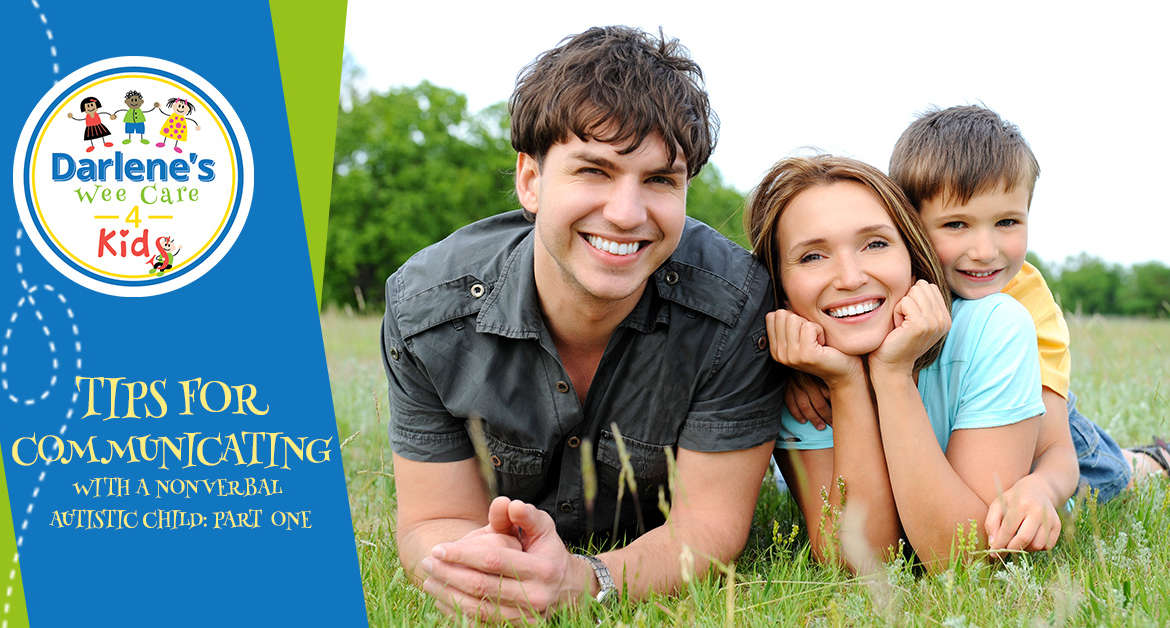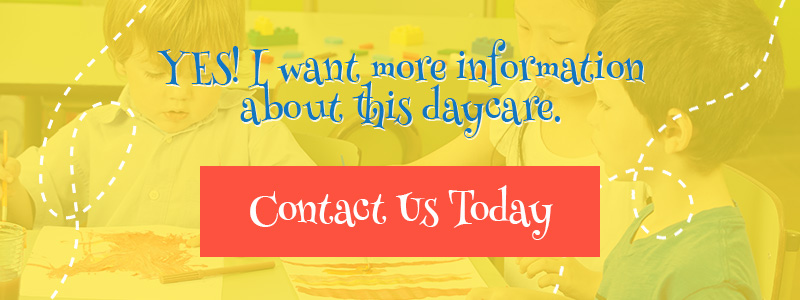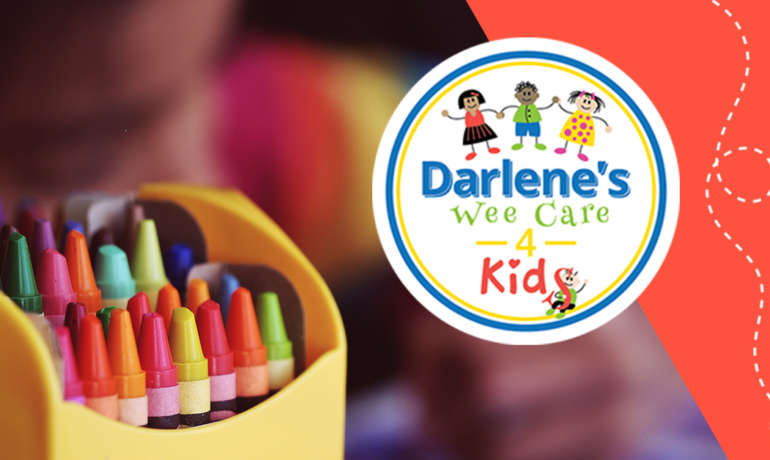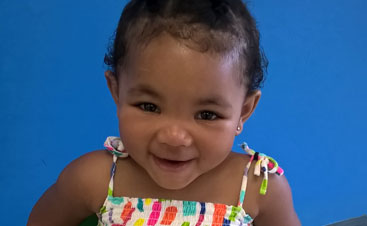Communicating with children can be a difficult task on its own, but it becomes even tougher with a nonverbal autistic child. However, it is possible to not only find ways to effectively communicate with them, you can also help them develop their verbal skills in a way that is comfortable to them. With that being said, it’s important to remember not all autistic children are the same. While one strategy may work perfectly for one situation, that’s not to say it will be right for another. In hopes of improving communication skills, we have put together this list of ways you can help a nonverbal autistic child communicate. If you are in need of childcare that doesn’t leave behind children with special needs, call Darlene’s Wee Care 4 Kids.
-Play and Social Interaction
Much of any child’s education comes as a product of playing, including learning language and communication skills. Find games that your child enjoys playing to engage them. Include activities that encourage social interaction, such as singing and reciting nursery rhymes. While you’re interacting with your child, keep yourself in front of them and close to eye level, as that will make it easier for them to see and hear you.
-Mimic Your Child
Pay attention to the sounds and behaviors your child makes while interacting. You can help them be more vocal by imitating the sounds they make, while encouraging them to copy you and take turns going back and forth with sounds. Only imitate their behavior when it is a positive action. For instance, if they roll a toy car, you roll yours as well. But, if they throw their car, don’t follow suit. This is an opportunity to show them good behavior first hand.
-Nonverbal Communication
Small things like gestures and eye contact can help an autistic child form the foundation for future language and communication skills. Exaggerate your gestures to get your communicate your feelings to them. Use your voice and body while communicating, such as extending your hand and saying the word “look”. Observe your child’s gestures and respond to them in kind. When they see you communicating like this, they will be more likely to use this technique to communicate with you and others.
-Give Them Space to Talk
When talking to your child, it is easy to feel like you need to help them along when they don’t respond right away. This can make them more shy about answering since they feel like you’ll answer for them. When you ask them a question, give them ample time to answer while watching expectantly. Keep an eye out for any sounds they make or nonverbal gestures, as this may be the only way they can respond at that time. Then, respond to that gesture promptly to help them establish the flow of communication.
That wraps up part one of our look at some ways you can help a nonverbal autistic child communicate. We’ll be diving into part two in a couple of weeks, but we hope these strategies help you with your little one. If you’re looking for childcare services in Upper Darby that will give your special needs child the attention and care they deserve, call Darlene’s Wee Care 4 Kids. We’re here to help!




